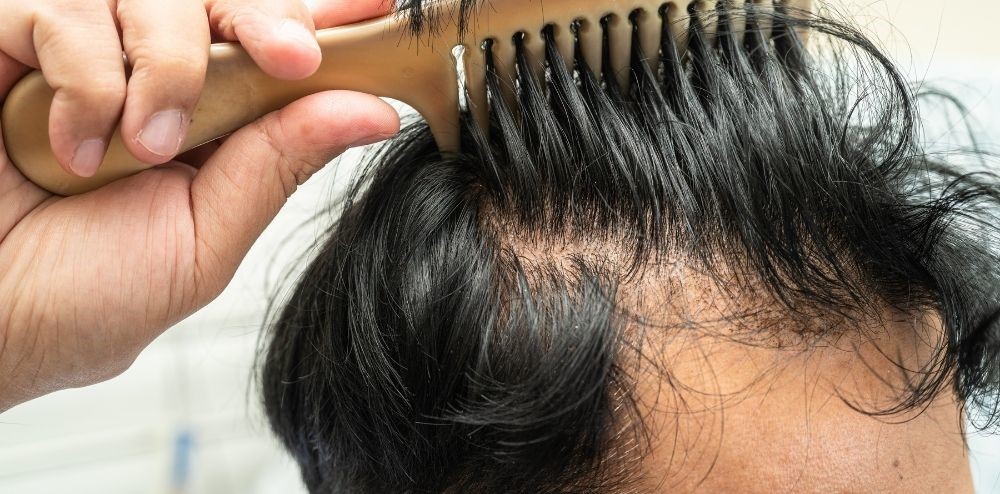Experiencing hair loss can significantly impact one’s confidence, affecting both men and women alike. Fortunately, advancements in medical technology now offer viable solutions through hair transplant procedures, aiding in the restoration of natural hairlines.
These procedures involve extracting healthy hair follicles, typically from the back or sides of the scalp, and transplanting them into areas experiencing hair loss. The two primary techniques are follicular unit transplantation (FUT) and follicular unit extraction (FUE).
FUT, known as strip harvesting, entails removing a scalp strip from the donor area, and then dissecting it into individual grafts, each housing one or a few hair follicles. These grafts find placement in the recipient area, encouraging new hair growth.
On the flip side, FUE involves individually extracting follicles using specialized punch tools from the donor area and implanting them into the recipient area. Although more time-consuming than FUT, FUE results in minimal scarring and a quicker recovery period.
Consultation with a skilled hair transplant surgeon is crucial before undergoing the procedure. They evaluate the hair loss extent, identify the donor area, and determine the best-suited procedure.
The procedure itself involves local anesthesia for patient comfort. Careful extraction and transplantation of hair follicles align with the natural hairline and desired density. Procedure duration varies based on the number of grafts required, ranging from a few hours to a full day.
Post-procedure, patients may experience swelling and discomfort, manageable with prescribed pain medication. Initially, transplanted hair sheds within weeks, but regrowth typically begins within months. It takes 6-12 months for complete results to manifest.
Hair transplant procedures boast high success rates, offering long-lasting, natural-looking outcomes. Yet, it’s vital to maintain realistic expectations—hair transplantation redistributes existing follicles but isn’t a cure for hair loss.
In conclusion, these procedures provide a viable remedy for hair loss. Consulting a qualified surgeon determines the best approach, ensuring optimal results. Technological advancements continue to enhance hair transplantation, restoring confidence and elevating one’s quality of life.
